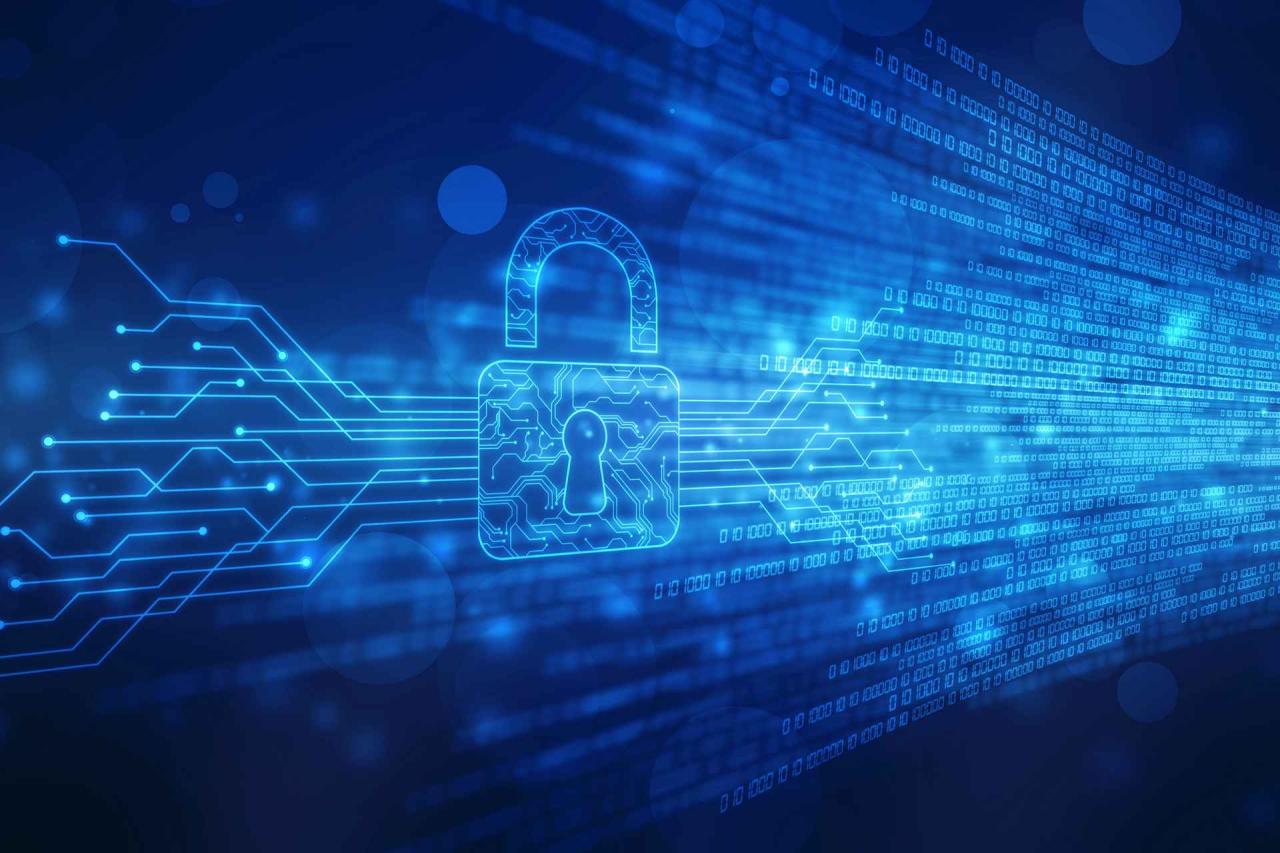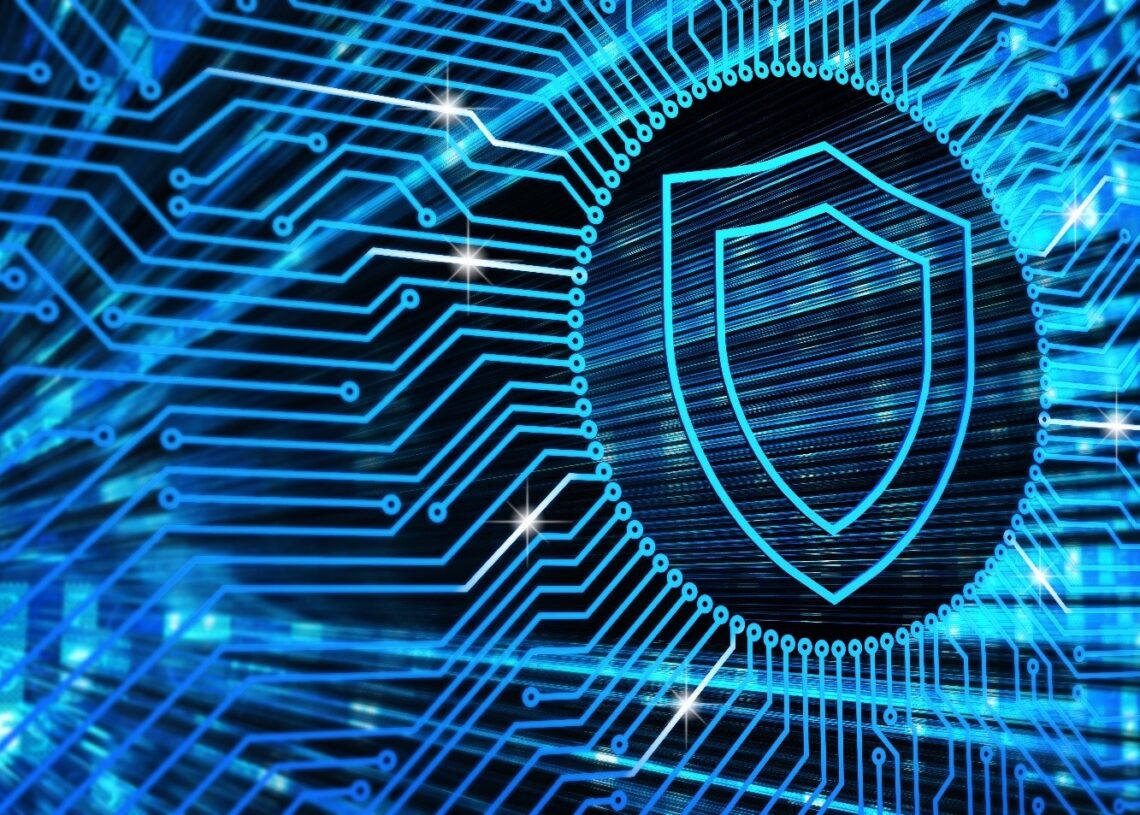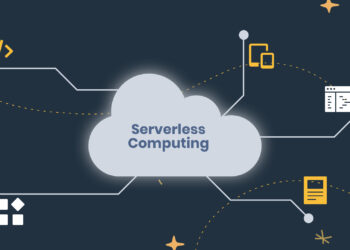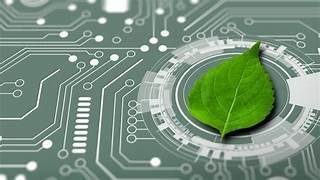In our hyper-connected world, where nearly every facet of human activity, from global finance to personal communication, is mediated by digital networks, the threat of cyber-attacks looms larger than ever. Cybercrime has evolved from isolated incidents to a sophisticated, industrialized enterprise, with nation-state actors, organized crime syndicates, and individual hackers constantly probing vulnerabilities and launching increasingly complex assaults. The consequences of these breaches are staggering: financial losses, intellectual property theft, reputational damage, disruption of critical infrastructure, and even erosion of public trust.
The traditional perimeter-based security model, once the cornerstone of cyber defense, is proving inadequate against a landscape defined by cloud computing, remote work, IoT devices, and an ever-expanding attack surface. This necessitates a fundamental shift: a proactive and continuous effort to “harden” our cyber defenses. This isn’t a one-time fix but an ongoing commitment to building resilience, anticipating threats, and adapting strategies to safeguard our digital lives. This article will delve into the critical imperative for robust cyber defenses, explore the multifaceted strategies for hardening digital infrastructure, discuss the transformative impact of advanced security measures, examine the inherent challenges in their implementation, and project the future trajectory of cybersecurity in an increasingly perilous digital realm.
The Escalating Threat Landscape
The urgency to harden cyber defenses stems from the rapid evolution and proliferation of cyber threats.
Sophistication of Attacks
- Advanced Persistent Threats (APTs): Long-term, targeted attacks by sophisticated adversaries.
- Ransomware 2.0: Highly disruptive and financially crippling attacks that encrypt data and demand payment, often targeting critical infrastructure and healthcare.
- Supply Chain Attacks: Exploiting vulnerabilities in software suppliers or third-party vendors to compromise downstream customers.
- AI-Powered Attacks: Malicious actors leveraging AI for automated vulnerability scanning, social engineering, and adaptive malware.
Expanding Attack Surface
- Cloud Adoption: While offering flexibility, cloud environments introduce new security considerations if not configured correctly.
- Remote Work: The shift to remote work has expanded network perimeters, increasing endpoints and potential entry points.
- Internet of Things (IoT): Billions of connected devices, often with weak inherent security, create new vulnerabilities.
- Operational Technology (OT) / Industrial Control Systems (ICS): Increasing connectivity of industrial systems exposes them to cyber threats, with potential for physical harm.
Motivations of Adversaries
- Financial Gain: Ransomware, data theft for resale, business email compromise (BEC).
- Espionage: Nation-state actors stealing intellectual property or sensitive government data.
- Sabotage: Disrupting critical infrastructure (power grids, water treatment).
- Political/Ideological: Hacktivism and cyber warfare.
Impact of Breaches
- Financial Losses: Direct costs from remediation, legal fees, fines, and lost revenue.
- Reputational Damage: Erosion of customer trust and market value.
- Operational Disruption: Downtime of critical systems, affecting business continuity.
- Data Loss/Exposure: Compromise of sensitive personal, financial, or intellectual property.
Core Strategies for Hardening Cyber Defenses

Hardening cyber defenses requires a multi-layered, proactive, and adaptive approach, extending beyond mere perimeter protection.
- Zero Trust Architecture (ZTA): “Never trust, always verify.”
- Micro-segmentation: Dividing networks into small, isolated segments to limit lateral movement of threats.
- Least Privilege Access: Granting users and devices only the minimum necessary permissions to perform their tasks.
- Continuous Verification: Authenticating and authorizing every user, device, and application attempting to access resources, regardless of their location (inside or outside the traditional network perimeter).
- Endpoint Detection and Response (EDR) / Extended Detection and Response (XDR):
- Endpoint Visibility: Continuous monitoring of all endpoints (laptops, servers, mobile devices) for suspicious activity.
- Threat Hunting: Actively searching for new or unknown threats that have bypassed automated defenses.
- Automated Response: Rapid containment and remediation of threats across various security layers (endpoints, network, cloud, email).
- Cloud Security Posture Management (CSPM) & Cloud Workload Protection Platforms (CWPP):
- Misconfiguration Detection: Identifying and remediating misconfigurations in cloud environments that could lead to vulnerabilities.
- Compliance Monitoring: Ensuring cloud deployments adhere to regulatory standards.
- Workload Protection: Securing applications and data running within cloud virtual machines, containers, and serverless functions.
- Security Information and Event Management (SIEM) / Security Orchestration, Automation, and Response (SOAR):
- Centralized Log Management: Aggregating security logs and event data from across the entire IT infrastructure.
- Threat Correlation: Using AI and rules to identify patterns and detect complex attacks from disparate data points.
- Automated Response Workflows: Orchestrating and automating responses to identified threats, improving efficiency and speed.
- Proactive Threat Intelligence and Threat Hunting:
- Staying Ahead of Adversaries: Consuming and analyzing up-time threat intelligence to understand emerging attack vectors and adversary tactics.
- Active Pursuit of Threats: Dedicated teams (e.g., “red teams” and “blue teams”) actively searching for vulnerabilities and internal threats, not just reacting to alerts.
- Identity and Access Management (IAM) & Multi-Factor Authentication (MFA):
- Strong Authentication: Implementing MFA for all accounts, significantly reducing the risk of credential theft.
- Privileged Access Management (PAM): Securing and monitoring accounts with elevated privileges, which are prime targets for attackers.
- Identity Governance: Ensuring that user access rights are appropriate and regularly reviewed.
- Secure Software Development Lifecycle (SSDLC) & DevSecOps:
- Security by Design: Integrating security considerations into every phase of software development, from planning to deployment.
- Automated Security Testing: Incorporating static application security testing (SAST), dynamic application security testing (DAST), and software composition analysis (SCA) into CI/CD pipelines.
- Shift-Left Security: Addressing security vulnerabilities earlier in the development process, where they are cheaper and easier to fix.
- Regular Vulnerability Management and Patching:
- Continuous Scanning: Regularly scanning systems, applications, and networks for known vulnerabilities.
- Prioritized Patching: Rapidly applying security patches to critical vulnerabilities, especially those being actively exploited.
- Configuration Hardening: Implementing secure configurations for all systems and devices, disabling unnecessary services and ports.
- Employee Training and Awareness:
- Human Firewall: Recognizing that employees are often the first line of defense against social engineering attacks (phishing, pretexting).
- Regular Training: Conducting ongoing security awareness training to educate employees about cyber threats and best practices.
- Phishing Simulations: Conducting simulated phishing campaigns to test employee vigilance and identify areas for further training.
The Transformative Impact of Hardened Defenses
Investing in robust cyber defenses yields far-reaching benefits beyond simply preventing breaches.
- Enhanced Resilience and Business Continuity:
- Faster Recovery: Minimized impact and quicker recovery from successful attacks.
- Reduced Downtime: Proactive measures prevent outages, ensuring continuous operations.
- Operational Stability: Maintaining consistent service delivery even in the face of persistent threats.
- Improved Trust and Reputation:
- Customer Confidence: Demonstrating a strong commitment to data protection builds trust with customers and partners.
- Brand Value: Protecting brand reputation from the damaging fallout of a major breach.
- Competitive Advantage: Organizations with superior security postures can differentiate themselves in the market.
- Regulatory Compliance and Reduced Legal Exposure:
- Meeting Mandates: Adhering to evolving data protection regulations (e.g., GDPR, CCPA, HIPAA).
- Avoidance of Fines: Mitigating the risk of hefty fines and penalties associated with data breaches.
- Lower Litigation Risk: Reducing the likelihood of lawsuits from affected parties.
- Cost Savings in the Long Run:
- Reduced Breach Costs: Preventing or minimizing the impact of breaches significantly lowers remediation and recovery expenses.
- Optimized Security Spending: Intelligent threat intelligence and automation lead to more effective allocation of security resources.
- Lower Insurance Premiums: Demonstrating strong security practices can lead to more favorable cybersecurity insurance rates.
- Accelerated Digital Transformation:
- Secure Innovation: Confidently adopting new technologies (AI, IoT, cloud) knowing that robust security measures are in place.
- Agile Development: Integrating security into DevOps practices (DevSecOps) enables faster and more secure software releases.
- Empowered Remote Work: Secure remote access solutions facilitate flexible work models without compromising security.
- Strategic Advantage:
- Protecting Intellectual Property: Safeguarding valuable trade secrets, research, and innovation from industrial espionage.
- Maintaining Competitive Edge: Preventing competitors from gaining unauthorized access to critical business strategies or market data.
Challenges in Hardening Cyber Defenses

Despite the clear imperative, organizations face significant challenges in truly hardening their cyber defenses.
- Talent Shortage:
- Global Skill Gap: A severe shortage of skilled cybersecurity professionals (analysts, engineers, architects, threat hunters).
- High Demand, High Cost: Drives up salaries and makes retention difficult.
- Solution: Investment in training and certification programs, automation to augment human efforts, and fostering diversity in the cybersecurity workforce.
- Complexity of Modern IT Environments:
- Hybrid/Multi-Cloud: Managing security across diverse on-premises, private cloud, and multiple public cloud environments is inherently complex.
- Legacy Systems: Older systems often have unpatched vulnerabilities and are difficult to integrate with modern security controls.
- IoT/OT Integration: Securing a vast and often heterogeneous array of IoT and OT devices presents unique challenges.
- Budget Constraints:
- Perceived as Cost Center: Cybersecurity is often seen as an expense rather than a strategic investment, making it difficult to secure adequate funding.
- Balancing Act: Deciding where to allocate limited resources for maximum impact.
- Solution: Clearly articulating the ROI of security investments and leveraging cost-effective managed security services.
- Evolving Threat Landscape:
- Asymmetric Warfare: Attackers only need to find one weakness, defenders must secure everything.
- Rapidly Changing Tactics: Adversaries constantly adapt their methods, requiring continuous updates to defenses.
- Solution: Agile security frameworks, real-time threat intelligence, and continuous security testing.
- Alert Fatigue and Data Overload:
- Volume of Alerts: Security operations centers (SOCs) are often overwhelmed by a deluge of alerts, many of which are false positives.
- Lack of Context: Difficulty in correlating seemingly unrelated events to identify a true threat.
- Solution: AI/ML-powered analytics, SOAR platforms to automate routine tasks, and focus on high-fidelity alerts.
- Organizational Silos and Lack of Collaboration:
- Disjointed Security: Security teams often operate in silos, hindering a holistic approach.
- Business vs. Security Divide: Misalignment between business objectives and security requirements.
- Solution: Promoting a “security-first” culture, cross-functional teams, and clear communication channels.
- Supply Chain Risk:
- Third-Party Vulnerabilities: Organizations are only as secure as their weakest link in the supply chain.
- Software Bill of Materials (SBOM): Lack of transparency regarding components in software.
- Solution: Robust vendor risk management programs, due diligence, and mandating secure development practices from suppliers.
The Future of Cyber Defenses
The trajectory of cyber defenses points towards a future characterized by greater intelligence, automation, and collective action.
AI and Machine Learning at Scale
Moving beyond anomaly detection to predictive and prescriptive security, identifying threats before they materialize and automating complex responses.
Hyper-Automation of Security Operations
SOAR platforms will become even more sophisticated, automating the vast majority of routine security tasks, freeing up human analysts for strategic threat hunting and incident response.
Proactive and Offensive Security
Increased adoption of “red teaming” and “purple teaming” exercises to aggressively test defenses and simulate real-world attacks, improving resilience.
Quantum-Resistant Cryptography
Development and adoption of new cryptographic algorithms that can withstand attacks from future quantum computers.
Identity Fabric and Decentralized Identity
More robust and flexible identity verification systems, potentially leveraging blockchain for enhanced security and privacy.
Collective Defense and Threat Sharing
Greater collaboration among organizations, industries, and governments to share threat intelligence, attack methodologies, and best practices in real-time.
Security Mesh Architecture
A distributed approach to security controls that provides a unified policy and posture across diverse environments and endpoints, moving beyond traditional network perimeters.
Human-Centric Security
Shifting focus from just technology to empowering and educating employees to be active participants in the security posture.
Regulatory Harmonization
Increased convergence of cybersecurity regulations globally to create a more consistent and manageable compliance landscape.
Resilience Engineering
Designing systems with inherent resilience to cyberattacks, assuming breaches will occur and focusing on rapid recovery and continuous operation.
Conclusion
The imperative to harden our cyber defenses is not an option; it is a fundamental necessity for survival and prosperity in the digital age. The relentless innovation of cyber adversaries demands an equally relentless commitment to adaptive, intelligent, and proactive security measures. From adopting Zero Trust principles and leveraging the power of AI to fostering a culture of security awareness and embracing collaborative threat intelligence, every organization has a crucial role to play.
While the challenges are substantial—from talent shortages and complex environments to evolving threats—the benefits of a robust cybersecurity posture are immeasurable: enhanced resilience, unwavering trust, reduced financial and reputational damage, and the ability to confidently pursue digital innovation. As our world becomes ever more interconnected, the strength of our cyber defenses will be the ultimate determinant of our collective digital future. The time to harden is now, and the journey is continuous, but the rewards of a secure digital realm are well worth the unwavering effort.
















